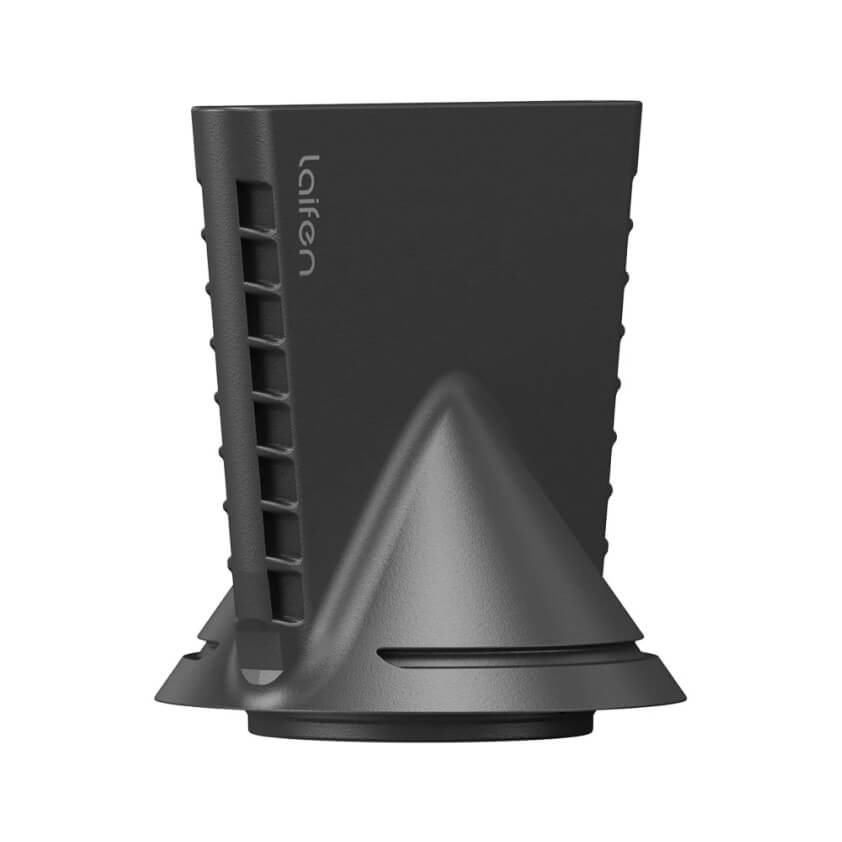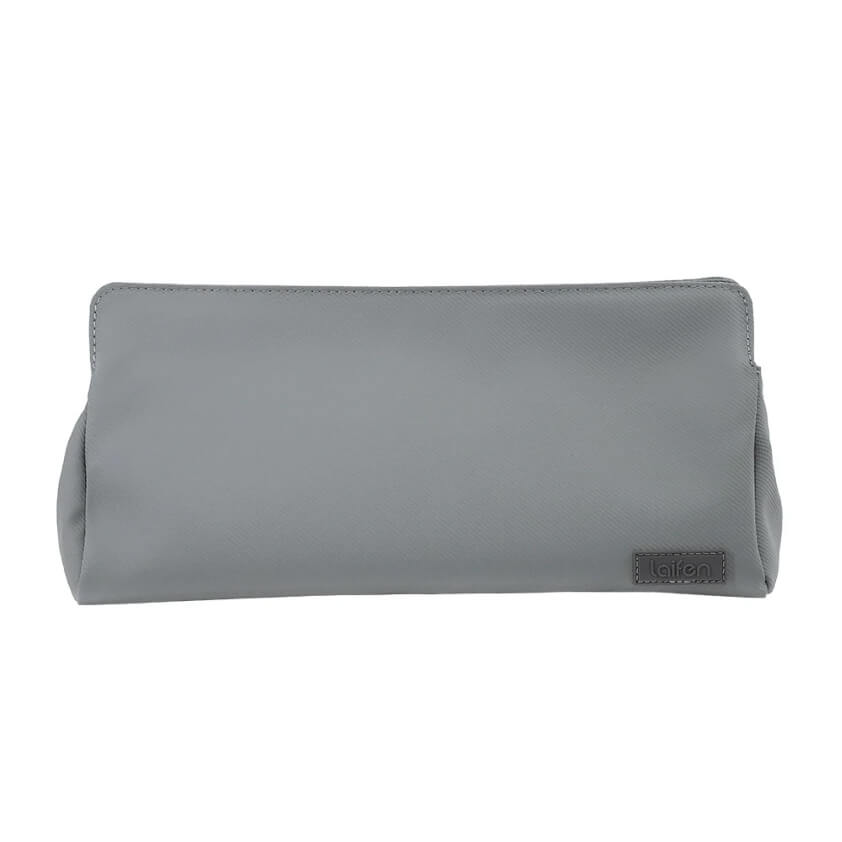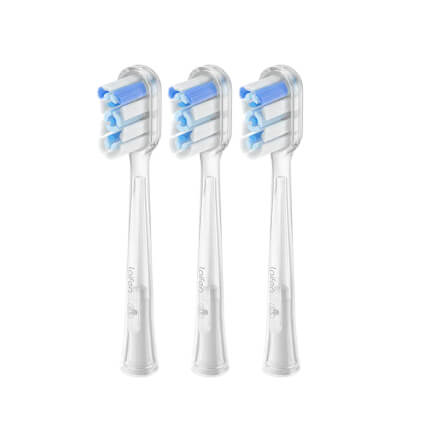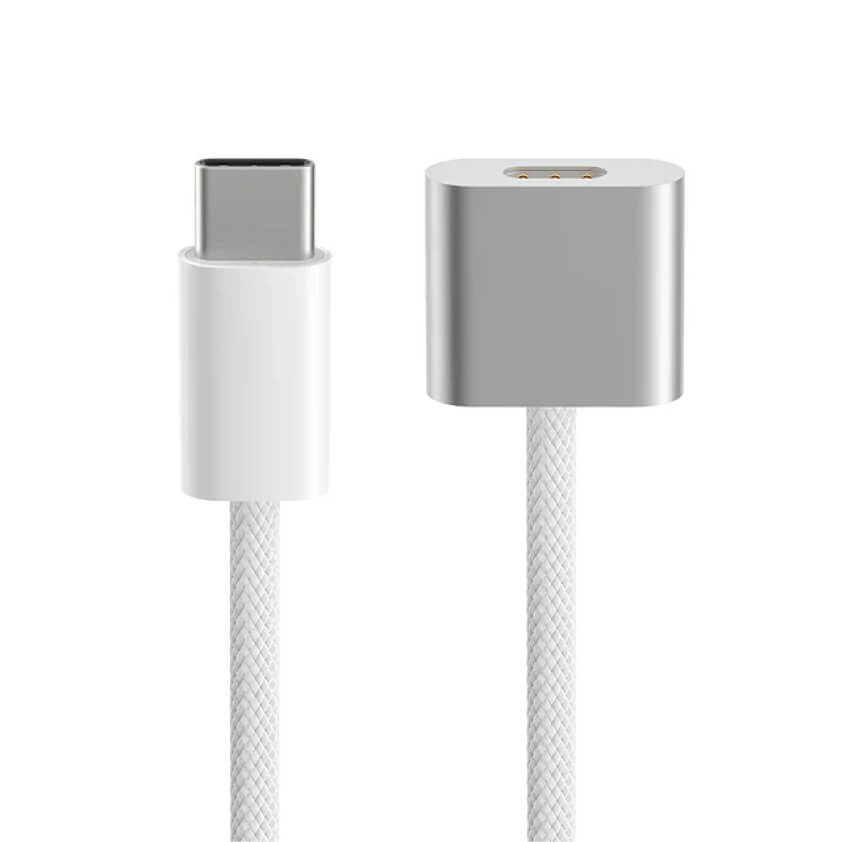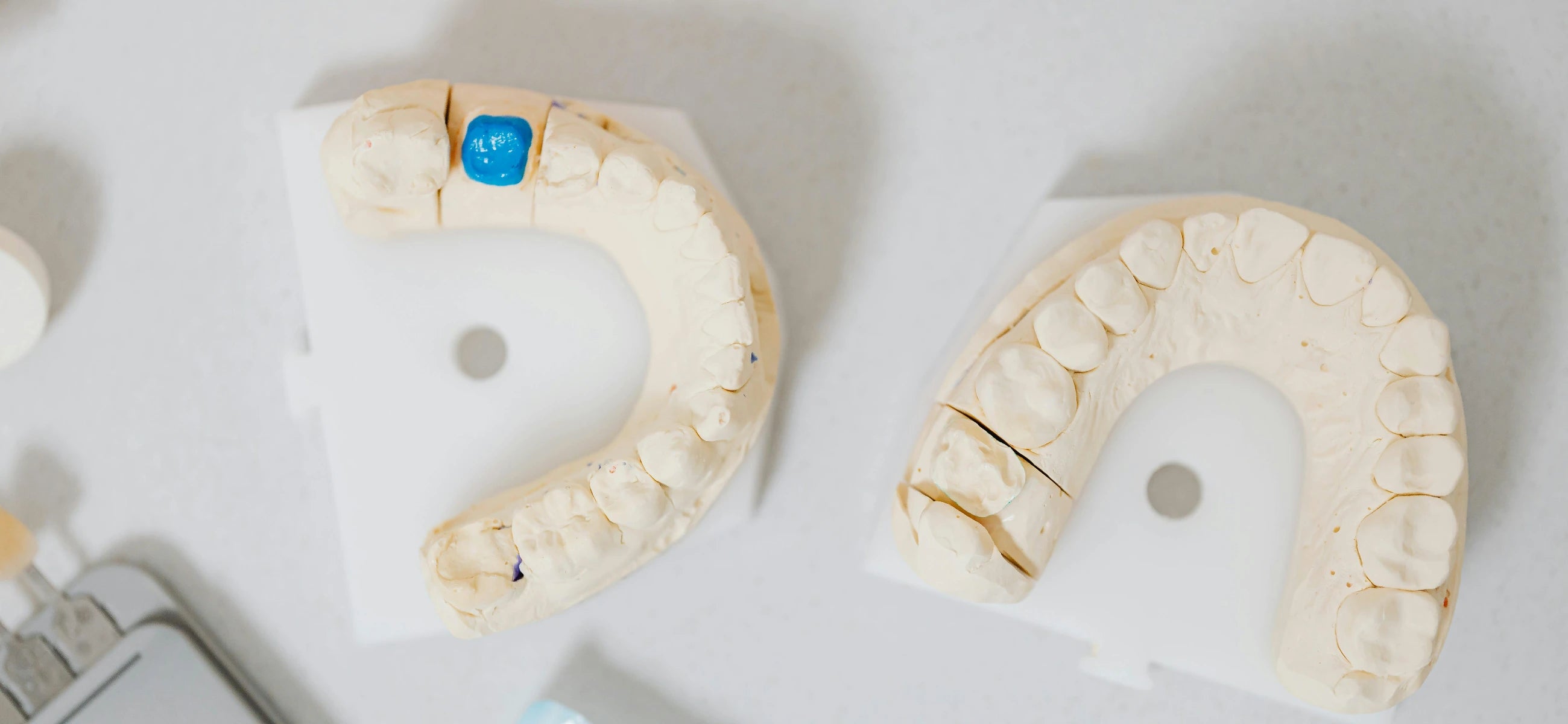
In this article
A gumline cavity is relatively common and may appear on your tooth because of bacteria in your mouth. We all experience cavities from time to time, but it's essential to do something about it as soon as you notice it, to prevent it from getting worse.
Here, we explain what causes a cavity on or below the gumline and explain some of the best ways to treat this dental issue with the help of your dentist.
What is a gumline cavity?
Cavities, sometimes referred to as a dental caries, are a sign of tooth decay and occur because of bacteria on your teeth. They vary in size but if they are left untreated, they worsen with time and can cause significant dental issues.
A cavity can appear on any surface of your tooth, including on the smooth surface and biting surface. Though less common, cavities can also appear on the gumline. This type of cavity is more prevalent in older people.
It's important to note that if the cavity is close to but above the gumline, it is regarded simply as a smooth surface cavity. These can be treated with improved dental hygiene and a simple filling, depending on their size.
However, if the cavity is below the gumline, it is a root cavity. Root cavities are more serious, as they cannot be treated as easily. Root canal treatment is usually required to treat cavities below the gumline.
Gumline cavity symptoms
When a cavity first shows on your teeth, you may not even know it's there. They can be tiny, to begin with, but they eventually get bigger, which is when people start to notice them. Here are some of the symptoms to look out for:
-
Small white dots on your tooth that you can see in the mirror when brushing. This is a sign of demineralization and is the first stage of tooth decay.
-
Increased sensitivity when you eat or drink hot or cold items. For instance, you might notice sensitivity when drinking your morning coffee or eating ice cream.
-
Holes - small or large - in any of your teeth. You might notice that food gets stuck in these holes when you eat.
-
A dull pain or a swelling sensation in your teeth or gums. This is an indication that the cavity is increasing in size and putting pressure on the internal layers of your teeth.
If you notice any of these symptoms, we recommend contacting your dentist to arrange a consultation. Even if a cavity isn't causing you any pain or discomfort, you need to act quickly. The sooner you treat it, the less invasive the treatment will be.
What causes gumline cavities?
Cavities on or below the gumline are most commonly caused by dental plaque. Plaque is a sticky layer of bacteria that covers the teeth and is a result of the food and drink that you have recently consumed. If you don't remove plaque, it can harden and become tartar, which needs to be removed by a dentist.
When the plaque covers your teeth, the bacteria present combines with saliva and breaks the sugars into acid, which then attacks the enamel (the outer layer of your teeth). There are five stages to tooth decay, but it begins with demineralization, which is when the bacteria attacks the enamel. Eventually, cavities can form and larger and deeper holes can show on your teeth.
Gumline cavity repair options
When you notice a cavity at the gumline, you need to reach out to your dentist. There are a few ways to treat a cavity on the gumline, but the repair option will depend on how big the cavity is and how far the decay has progressed. Standard treatment options include:
-
Flouride treatment: If you have an early stage gumline cavity on the surface by your gumline, it can be treated with fluoride treatment. Your dentist will then advise you to improve your dental hygiene to prevent the cavity from re-appearing.
-
Gumline cavity filling: Do cavity filling hurt? Most cavities are treated with a filling. Here, the dentist will clean the affected tooth and remove any bacteria, before adding dental cement to fill the tooth. Depending on the depth of the cavity, a new dental crown may be affixed.
-
Root canal: If the gumline cavity is below the gum line and has penetrated the root of your tooth, your dentist will need to perform a root canal treatment. This is where they drill into the tooth to remove the infected pulp, performing a deep clean in the process. Then, a new crown will be fixed in place.
-
Tooth extraction: Should you have a particularly large cavity that has significantly damaged the roots and pulp of the tooth, the only option might be extraction. After removing the tooth, your dentist will then recommend a dental implant to fill the gap.
The bottom line
Cavities on the gumline are common, but you will need to ask your dentist to confirm whether it is a smooth surface cavity or whether it is below the gumline. This will impact the course of treatment the dentist pursues.
Most cavities on or below the gumline can be treated with a filling or root canal treatment, so don't delay - contact your dentist to treat the cavity before it gets any worse.
FAQs
Q1: Can a cavity at the gum line be filled?
Yes, gumline cavities can be filled. However, if the cavity is below the gumline, you might need to go for root canal treatment.
Q2: Can a cavity appear below the gumline?
Yes, it can. This is known as a root cavity and will need to be treated with a root canal treatment.
Q3: What's the gumline cavity filling cost?
This depends on so many factors, including where you live. You can expect a filling to cost anywhere between $100 and $500. It might be covered by your insurance, so check your policy details.













